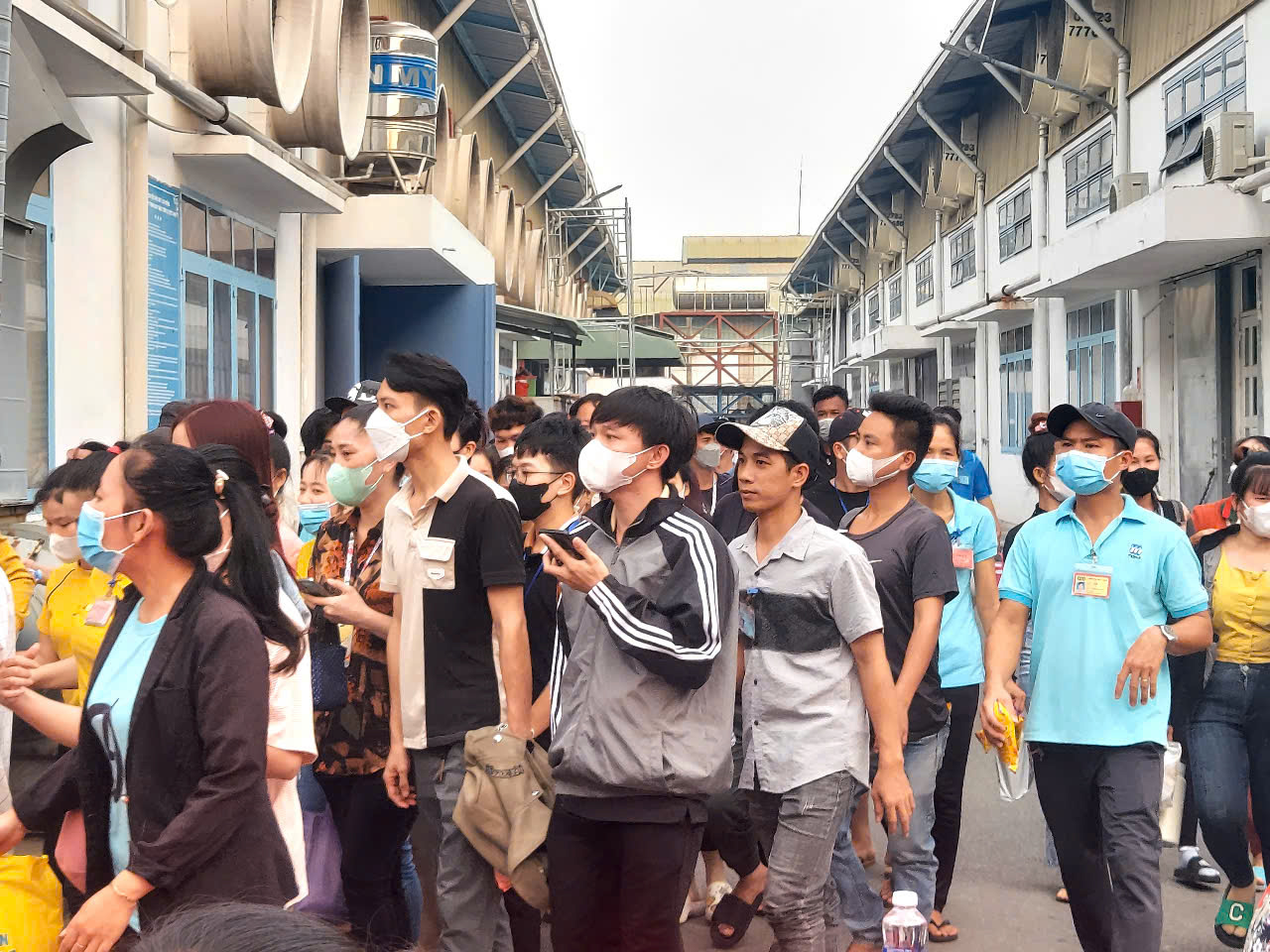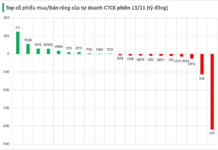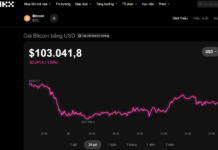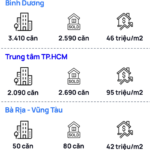According to the regional minimum wage classification issued with Decree No. 293/2025/NĐ-CP by the Government, starting January 1, 2026, workers in Ho Chi Minh City will receive minimum wages based on three regions, depending on the location of their employer. These regions include Region I (VND 5.31 million/month), Region II (VND 4.73 million/month), and Region III (VND 4.14 million/month).
This wage adjustment represents a 7.2% increase compared to the current minimum wage, with the lowest increase being VND 250,000/month (Region IV) and the highest being VND 350,000/month (Region I).

From January 1, 2026, workers will receive a 7.2% increase in minimum wage.
In addition to the minimum wage increase, several wards and communes in various provinces and cities, including Ho Chi Minh City, will also see adjustments in their minimum wage regions. Specifically, in Ho Chi Minh City, communes such as Kim Long, Châu Đức, Ngãi Giao, Nghĩa Thành, Long Hải, Long Điền, and the Côn Đảo special zone will be reclassified from Region III (current minimum wage: VND 3.86 million/month) to Region II (VND 4.73 million/month, effective January 1, 2026). This reclassification results in a minimum wage increase of up to VND 870,000/month for workers in these areas.
Previously, the Ho Chi Minh City Labor Confederation (LĐLĐ TP HCM) commented on the draft decree outlining minimum wage regulations, stating that the current classification of Region III for workers in communes like Kim Long, Châu Đức, Ngãi Giao, Nghĩa Thành, Long Hải, Long Điền, and the Côn Đảo special zone does not align with the city’s practical realities. Following the merger of provinces and cities and the streamlining of the two-tier government, the income gap, living standards, and living conditions across different areas of Ho Chi Minh City have significantly narrowed.
Meanwhile, the projected minimum wages for Region I and Region III in 2026 show a substantial disparity (VND 1.17 million, or 28.3%) between adjacent areas. Historically, during the 2013-2017 period, labor disputes arose in areas bordering Phú Mỹ Town and Châu Đức District (formerly in Bà Rịa-Vũng Tàu Province) due to wage region discrepancies. Only after government adjustments were made did labor relations stabilize.
Drawing from this experience, LĐLĐ TP HCM proposed applying the principle that adjacent units to Region I should have a wage disparity of no more than one region. Consequently, they recommended reclassifying the aforementioned communes, wards, and special zones from Region III to Region II. This proposal has been accepted by the drafting committee and incorporated into Decree No. 293/2025/NĐ-CP.
Affordable Apartments in Ho Chi Minh City: Can You Find Units Under $1,500/m²?
The Ho Chi Minh City apartment market faces a striking paradox: while demand for affordable housing remains sky-high, supply is dwindling, and prices continue to climb.
Exclusive: Inside the ‘Diamond’ High-Rise Project Zhang Mei Lian Seeks to Revive
After a prolonged period of stagnation, the IFC One Saigon project may see a new development as Ms. Truong My Lan, from her prison cell, has submitted a request to the Ho Chi Minh City People’s Committee to resume investment.












































